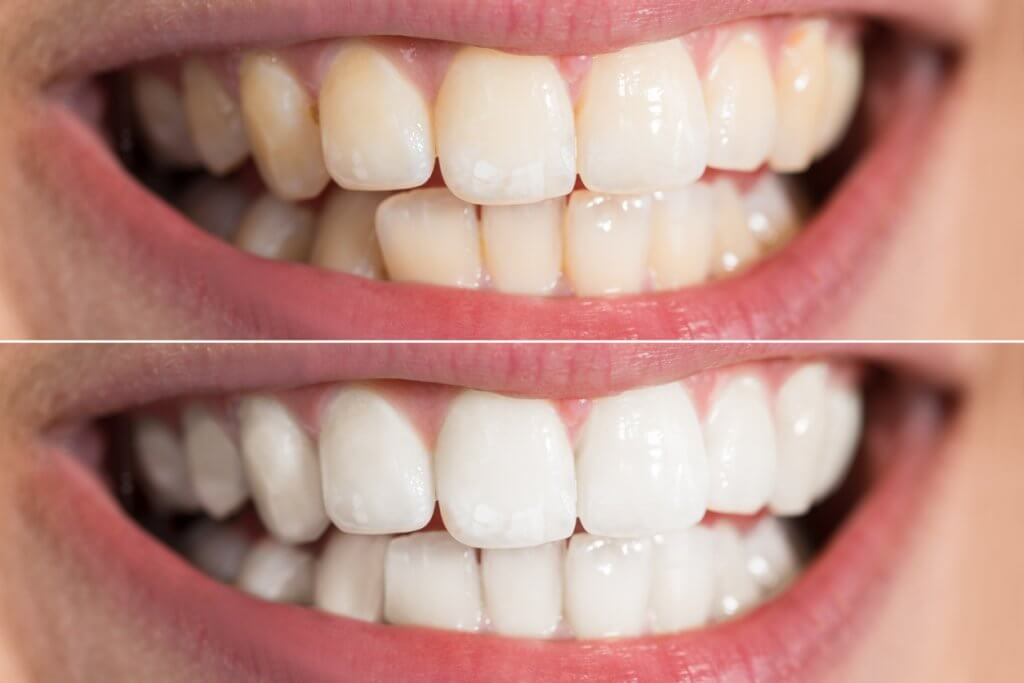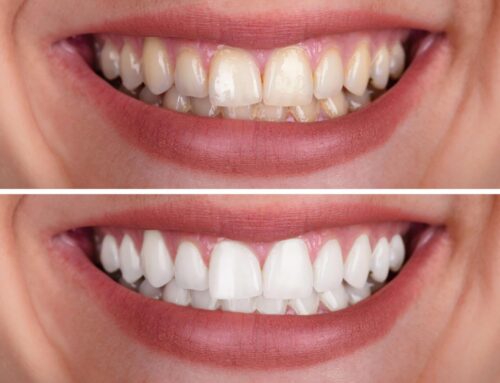 Teeth whitening has grown significantly in popularity as new products and technology have made it easier, quicker and more affordable to keep your smile bright and white at any age. Demand for both in-clinic and at-home whitening products has never been greater. So how do you know which method is right for you? We take a look at the most popular whitening options.
Teeth whitening has grown significantly in popularity as new products and technology have made it easier, quicker and more affordable to keep your smile bright and white at any age. Demand for both in-clinic and at-home whitening products has never been greater. So how do you know which method is right for you? We take a look at the most popular whitening options.
In-clinic Power Tooth Whitening
Often called “professional whitening”, in-clinic power whitening is a very popular procedure. It only takes one hour for the average person to whiten their teeth safely and effectively. The process involves applying a gel containing the active ingredient carbamide peroxide to your teeth and using a xenon-halogen light to activate it. It removes discolouration, including deep stains, and whitens your teeth by several shades. Although this is an extremely quick and convenient option, a potential downside is increased sensitivity if you suffer from sensitive teeth. If this is the case, we advise using a special desensitising tooth gel to help alleviate this.
Having your white teeth restored within a one-hour dental appointment is a great option. Some people have the procedure performed once a year together with their dental hygiene appointment, keeping their teeth white as well as healthy.
At-home Teeth Whitening
For people with extremely sensitive teeth, specialised whitening products for use at home can be a great option. This involves using a dental-grade whitening gel with custom-made plastic mouth guards for about two hours per day. Your teeth whiten gradually, so you continue with the process until you are happy with the shade of your teeth. The process usually takes around four weeks, and most people can see an improvement after just one week.
Again, some people find that their teeth become more sensitive when using these products so a desensitising tooth gel is recommended.
Whitening Toothpaste
You will now find a wide range of whitening toothpastes at the supermarket, and prices begin from as low as $3.00. This is a tempting option for the budget, as well as the convenience of swapping out your regular toothpaste – what could be easier? However, whitening toothpastes are limited in their effectiveness as they can only remove light surface stains on teeth, such as those caused by coffee or red wine. They will not remove in-depth stains or lighten the natural shade of your teeth.
Whitening toothpastes either contain abrasives which “polish” the tooth’s surface, or contain the chemical blue covarine which adheres to teeth and makes them appear less yellow. Teeth sensitivity can still increase with using these toothpastes so we recommend consulting your dental professional regarding their use.
Whitening Strips
Whitening strips are another over-the-counter product available at pharmacies. The kits are a system of strips containing bleach (usually hydrogen peroxide) that you apply to your teeth for a short time each day. Hydrogen peroxide can increase tooth sensitivity, although some kits are available in ‘sensitive’ options with lower concentrations of the bleach for a gentler effect.
Our Ruling
Although over-the-counter products are cheaper than in-clinic products and processes, their effectiveness is much more limited. Their success depends upon the current condition of your teeth and the results you would like to achieve. With all dental whitening products, use strictly as directly, and it’s wise to ask your Dentist or Dental Hygienist for advice first. Never leave at-home whitening products on your teeth for longer than instructed as this can damage the enamel on your teeth.



